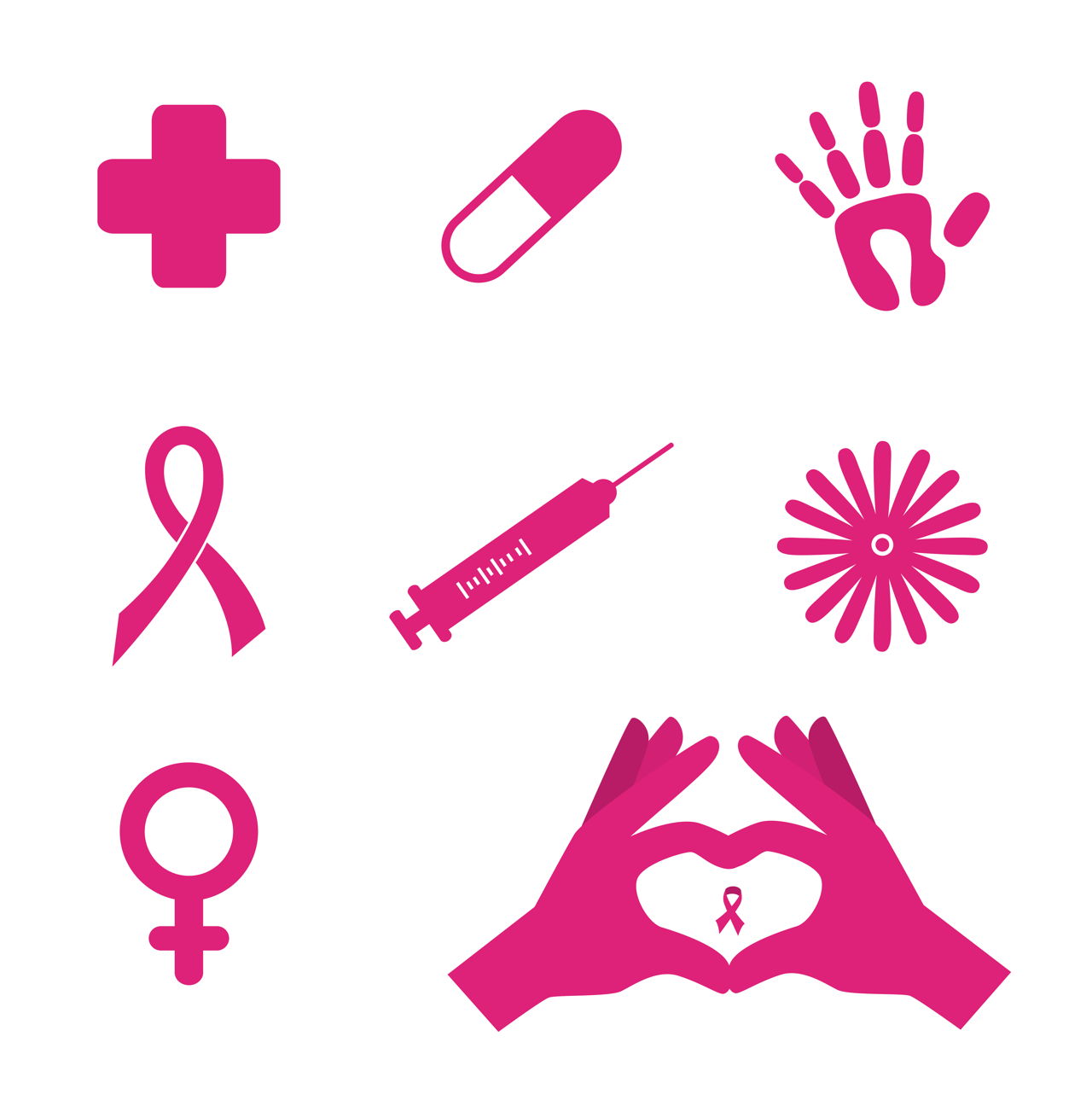
AIDS is caused by the human immunodeficiency virus, and this condition is characterized by the progressive weakening of the immune system. This article discusses some of the common routes through which the human immunodeficiency virus can spread.
HIV or the human immunodeficiency virus is a lentivirus. It is a member of the retrovirus family. This virus causes the disease AIDS or acquired immunodeficiency syndrome. This condition is characterized by the progressive weakening of the immune system, as the virus targets the white blood cells, which are an important component of the immune system. As a result, the immune system weakens, which paves the way for opportunistic infections.
However, it takes several years to develop AIDS from the time of contracting the human immunodeficiency virus. Once an individual contracts the virus and develops AIDS, he or she has to live with it, as there is no cure for this condition. Medications that are available for the treatment of AIDS can help suppress the symptoms, improve the quality of life, and prolong the life span of the affected individual. But they can do nothing to cure the disease. Therefore, it is important to prevent the spread of the virus with some precautionary measures.
Modes of Transmission
Human immunodeficiency virus can be found in body fluid, i.e., in blood, vaginal fluid, semen, and breast milk. Basically, one can contract the virus in four ways, which are discussed below.
Unprotected Sex With an HIV Positive Individual
As has been mentioned already, the human immunodeficiency virus can be found in semen and vaginal fluid. HIV/AIDS is a sexually transmitted disease, and so the virus can easily pass from an infected individual to another individual through unprotected sexual intercourse. This can happen both in the case of unprotected vaginal and anal sex. The presence of sores or cuts at the genital area can increase the risk of contracting the virus during intercourse. Even oral sex is not completely safe. The risk of contracting the virus is high, if one has some other sexually transmitted diseases, like syphilis, chlamydia, gonorrhea, and trichomoniasis.
Blood Transfusion
The transfusion of infected blood is another common route through which the immunodeficiency virus can get transmitted from an infected individual to a healthy one. For this reason, blood is first tested for the presence of HIV before using it for transfusion. In developed countries, contracting the virus through this route is extremely rare. However, some underdeveloped or developing countries may not have the efficient testing system, for which the virus can transmit through the transfusion of infected blood.
Intravenous Drug Use
People using intravenous drugs, and sharing a common needle for this purpose are in the high risk zone for contracting the virus. Apart from HIV/AIDS, sharing needles during intravenous drug use can transmit other blood-borne diseases like hepatitis C. You can contract the human immunodeficiency virus, even if a small amount of infected blood enters your bloodstream.
Mother to Child Transfusion
An HIV infected mother can pass the virus to her unborn child during pregnancy or at the time of delivery. As HIV can be found in breast milk, the virus can also get transmitted while breastfeeding the child. This type of transmission can be prevented with the help of certain drugs available for this purpose.
Apart from these, one can get HIV during tattooing or piercing, if the instrument used for the purpose has not been properly sterilized. It is possible to prevent the transmission of HIV by avoiding unsafe or unprotected sex, and using barrier protection methods like condoms. Careful blood transfusion, and the use of sterilized needle and equipment (for tattooing or piercing) can also help prevent the transmission of the virus. The HIV infected mothers can prevent the transmission of the virus to their children by using some antiretroviral drugs during pregnancy and breastfeeding.


